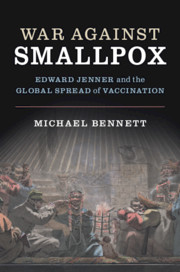The physiological and immunological state of an animal can be influenced by current infections and infection history. Consequently, both ongoing and previous infections can affect host susceptibility to another parasite, the biology of the subsequent infection (e.g. infection length) and the impact of infection on host morbidity (pathology). In natural populations, most animals will be infected by a succession of different parasites throughout the course of their lives, with probably frequent concomitant infections. The relative timing of different infections experienced by a host (i.e. the sequence of infection events), and the effects on factors such as host susceptibility and host survival, can only be derived from longitudinal data on individual hosts. Here we review some of the evidence for the impact of co-infection on host susceptibility, infection biology and pathology focusing on insights obtained from both longitudinal studies in humans and experiments that explicitly consider the sequence of infection. We then consider the challenges posed by longitudinal infection data collected from natural populations of animals. We illustrate their usefulness using our data of microparasite infections associated with field vole (Microtus agrestis) populations to examine impacts on susceptibility and infection length. Our primary aim is to describe an analytical approach that can be used on such data to identify interactions among the parasites. The preliminary analyses presented here indicate both synergistic and antagonistic interactions between microparasites within this community and emphasise that such interactions could have significant impacts on host-parasite fitness and dynamics.
